










Histoire Physique, Politique et Naturelle de l'Ile de Cuba
by Ramon de la Sangra
1838-1857, in thumbnail galleries at NYPL.
Saturday, April 22, 2006
On the Nature of Cuba
Friday, April 21, 2006
Medieval Satire







These are just a few manuscript vignettes found in the wonderful Liber Floridus database. All the above images are from the 14th or 15th century. This site hosts illuminated manuscripts for les bibliothèques Mazarine et Sainte-Geneviève.
The 1600 manuscripts (31,000 images) can be accessed either individually or via the iconography searching section (as I did). I clicked on 'thésaurus' near the bottom of the iconographique page and went trawling randomly through the huge list of keywords. [previously]
Thursday, April 20, 2006
Dulac on Andersen
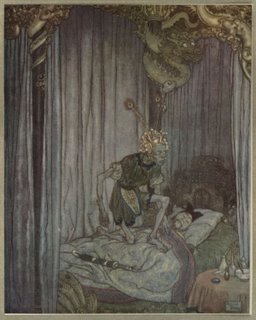
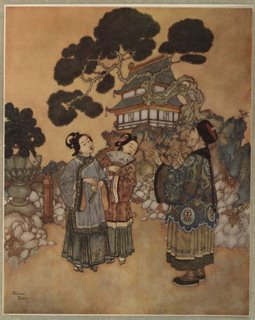

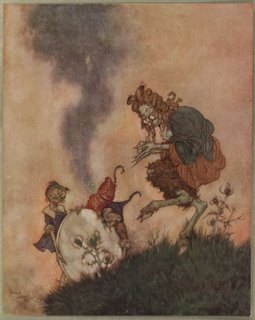
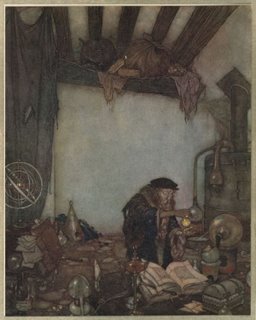
I sometimes follow Suzanne's lead and check out the recent Project Gutenburg publications.
Most of the time I'm disappointed with the quality of the illustrations but I was pleasantly surprised today to find great images in Stories from Hans [Christian] Andersen with Illustrations by Edmund Dulac. First published 1911.
A modest set of Dulac covers. I'll probably come back and do a more extensive post on Dulac sometime in the future. Nice work.
Wednesday, April 19, 2006
Sandrart's History of Art and Architecture

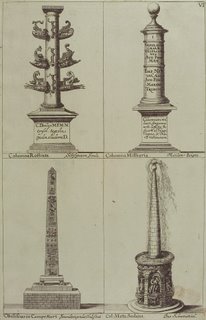
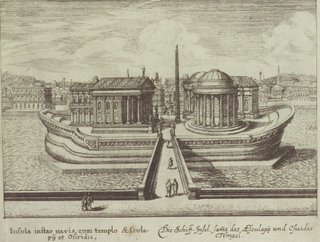



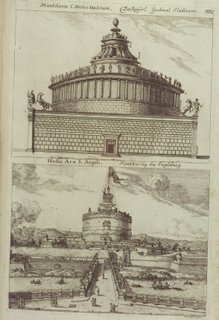
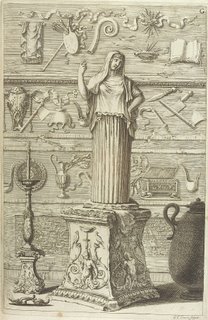

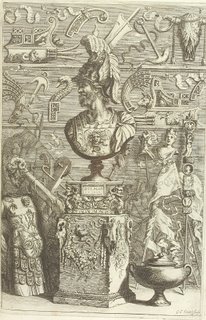


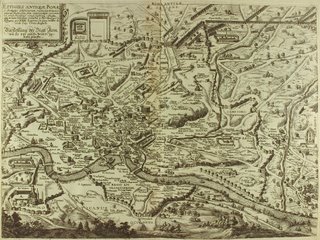 [click images for larger versions]
[click images for larger versions]
In his time Joachim von Sandrart (1606-1688) was the most famous artist in Germany. He trained in engraving and painting and travelled extensively in Italy and England and was accompanied by Peter Paul Rubens on a tour of Holland.
Although he concentrated on portrait painting, he is best remembered for his art history writings, chief among them being a 2 volume work:
Der Teutsche Academie der edlen Bau-, Bild- und Mahlerey-Künste
('German Academy of the Noble Arts of Architecture, Sculpture and Painting') -- usually known as 'Teutsche Academie'; published between 1675 and 1683.
"The Teutsche Academie is an illustrated compendium of art education and of artist biographies compiled from a variety of sources as well as descriptions of Roman antiquities, inventories of famous private art collections and libraries"It remains a significant primary art history source mostly because of the original material included about Sandrart and his contemporaries. Beyond the artistic and architectural illustrations, Teutsche Academie has large numbers of medallion engraving of Gods, artists and philosophers and includes a german translation of Ovid's Metamorphoses.
The University of Heidelburg has what appears to be the complete work divided into 9 or 10 website sections. There are no thumbnails unfortunately so it is a laborious task flicking through them all for signs of outlandish baroque illustrations between the extensive text. There must be around 250 engravings in total. It took me a long time to cull down the 40 or so images I had saved. The top picture reminds me of Boillot/Sambin and 2 of them near the centre seem to be depictions of Wunderkammer. The final image is a map of
Monday, April 17, 2006
The Remote World of the 17th Century
 Mr. John Nieuhoff's Remarkable Voyages & Travells into
Mr. John Nieuhoff's Remarkable Voyages & Travells intoye best Provinces of ye West and East Indies, 1703
The images here come from Washington State University's World Civilization image database (102 images in thumbnail format).
The work, published in 1704 for Awnsham and John Churchill has the catchy title:
"A collection of voyages and travels, some now first printed from original manuscripts. Others translated out of foreign languages, and now first published in English. To which are added some few that have formerly appear'd in English, but do now for their excellency and scarceness deserve to be reprinted. In four volumes. With a general preface, giving an account of the progress of navigation, from its first beginning ... the whole illustrated with a great number of useful maps, and cuts, all engraven on copper"
Click on each image above to get the full impact of the
Travel in the East at Melbourne's Monash University has an interesting bibliographic review (and images) of travel literature over the last few hundred years from their rare book collection.






























